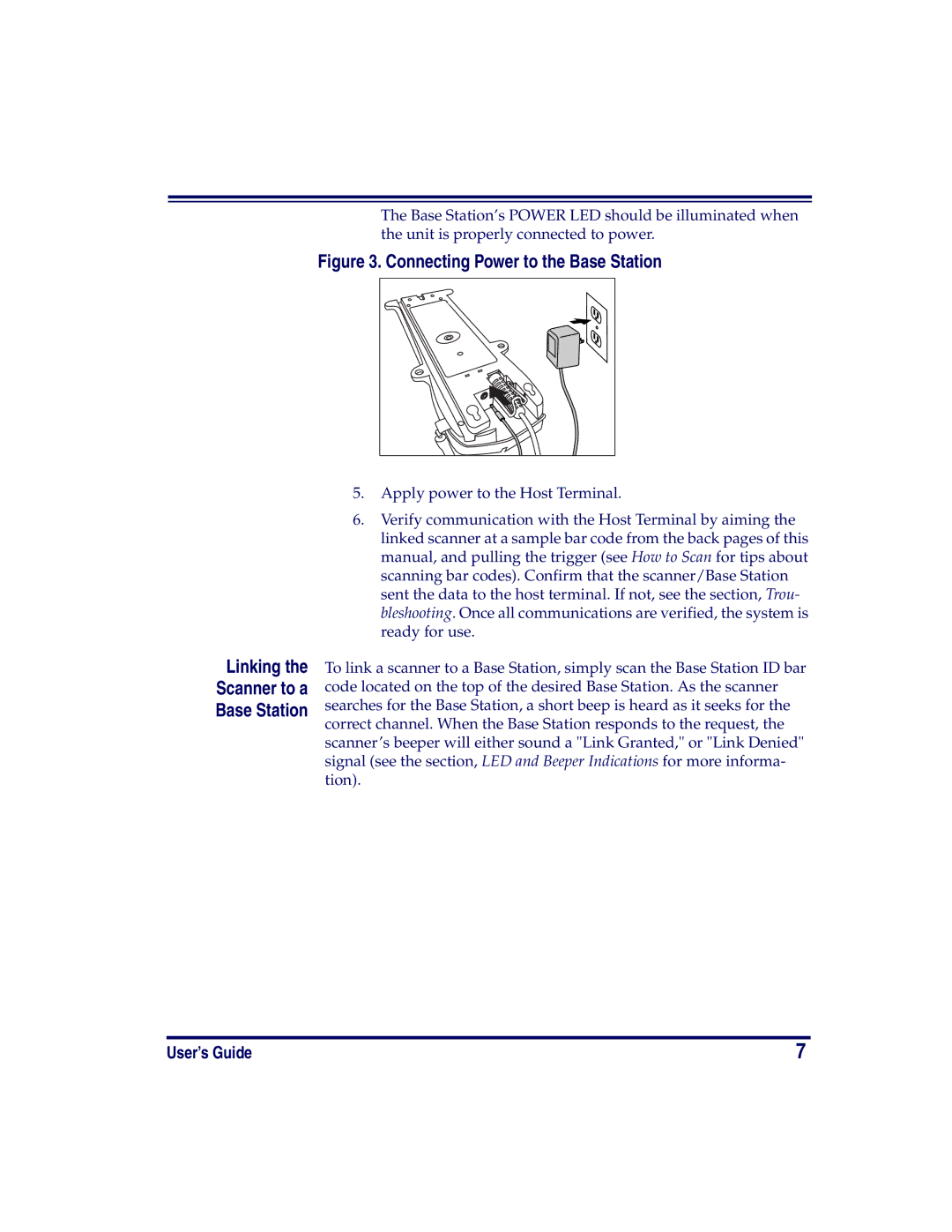HD, LR, XLR, SR specifications
Datalogic Scanning has long been a leader in providing advanced imaging solutions, and its product lineup, which includes the SR, XLR, LR, and HD models, showcases the company's commitment to enhancing productivity and efficiency in various industries. Each of these scanners comes equipped with distinct features and technologies that make them suitable for different applications, from manufacturing to retail and warehousing.The SR (Standard Range) scanner is designed for high-performance scanning in varying conditions. It supports omnidirectional scanning, facilitating faster checkout processes in retail environments. The SR model boasts advanced image processing technology that ensures accurate reading of damaged or poorly printed barcodes, minimizing downtime and improving operational efficiency. Its lightweight design enhances ease of use for extended periods, making it a favorite among store staff.
The XLR (Extended Long Range) version caters to industries that require barcode scanning from a distance. It is engineered for applications in large warehouses or manufacturing settings where items may be stacked high or stored in hard-to-reach locations. The XLR scanner supports both long-range and short-range scanning with exceptional precision, ensuring quick data capture even from distances of up to several meters. This flexibility significantly enhances productivity by reducing the need for workers to physically lift heavy items to scan barcodes.
The LR (Long Range) scanner is a versatile solution that strikes a balance between long-range and short-range capabilities. It is particularly effective in environments such as distribution centers, where both near-field and distant scanning tasks are frequent. With powerful imaging technology and excellent motion tolerance, operators can achieve high first-pass read rates, which is crucial for efficient sorting and inventory management.
Finally, the HD (High Density) scanner is designed to facilitate the reading of high-density barcodes commonly found on electronic parts and small merchandise. Its state-of-the-art sensor technology allows it to decode multiple barcode formats with speed and accuracy. The HD model is equipped with superior optics and illumination to ensure clear scanning, even under challenging lighting conditions.
In conclusion, Datalogic Scanning's SR, XLR, LR, and HD models represent a robust suite of scanning solutions tailored to meet diverse user needs in various industries. With advanced imaging capabilities, ergonomic designs, and superior performance features, these scanners stand out as essential tools for modern businesses looking to optimize their operations and enhance customer service.

